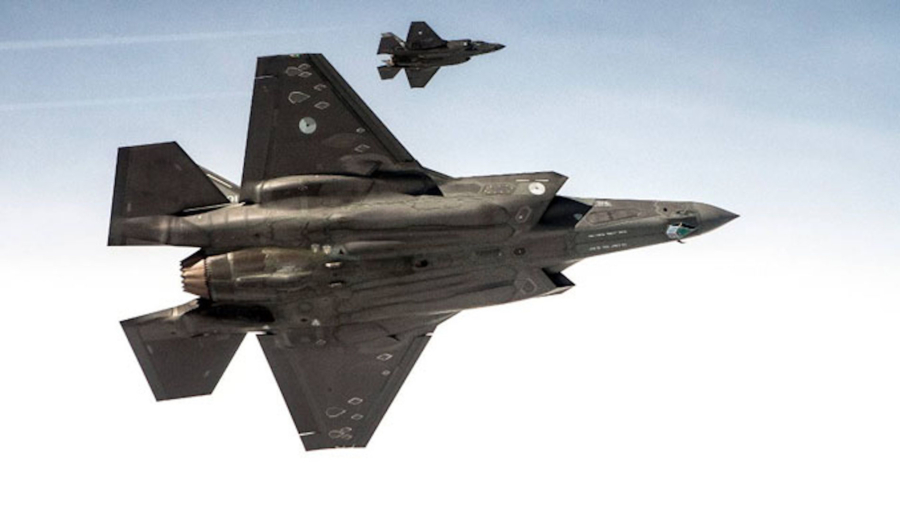NATO announced on Monday that it’s placing extra forces on standby and sending more warships and fighter jets to Eastern Europe as Russia continues its military build-up near Ukrainian territory.
“I welcome Allies contributing additional forces to NATO,” NATO Secretary-General Jens Stoltenberg said in a statement on Monday.
“NATO will continue to take all necessary measures to protect and defend all Allies, including by reinforcing the eastern part of the Alliance,” he added. “We will always respond to any deterioration of our security environment, including through strengthening our collective defense.”
The defensive alliance has increased its troops’ presence in the region despite Moscow demanding during high-level talks in Brussels earlier this month that NATO can no longer carry out military exercises or intelligence operations, or build infrastructure outside its 1997 borders, and stops further military expansion and placing missiles on Russia’s borders.
European countries that are part of the latest expansion are Denmark, Spain, France, and the Netherlands. The United States also made clear it is considering increasing its presence on the eastern flank.
Denmark is sending a frigate to the Baltic Sea and also deploying four F-16 fighter jets to Lithuania, NATO said in the statement. Spain is considering sending warplanes to Bulgaria and confirmed it is deploying ships to join NATO’s naval forces, while France also showed combat-readiness to deploy troops to Romania. The Netherlands said it is deploying two F-35 fighter jets to Bulgaria from April, and will also put a ship and ground troops on standby.

Ukraine shares borders with four NATO countries: Poland, Slovakia, Hungary, and Romania.
NATO’s announcement comes one day after the U.S. State Department ordered family members of government employees at the U.S. Embassy in Kyiv to leave the Ukrainian capital, and authorized the voluntary departure of non-essential civil servants.
The United Kingdom on Monday also started to withdraw some of its embassy staff and dependents from Kyiv amid growing tensions on the Russia–Ukraine border.
Shares across the world fell as the risk of conflict quashed demand for riskier assets, and tension over Ukraine was among the factors that pushed up oil prices.
Russia denies planning to invade Ukraine but has used its build-up of an estimated 100,000 troops near the border to force the West to negotiate over a range of demands to redraw the security map of Europe.

It wants NATO to scrap a promise to let Ukraine join one day and to pull back troops and weapons from former Communist countries in eastern Europe that joined it after the Cold War.
Washington says those demands are non-starters but it is ready to discuss other ideas on arms control, missile deployments, and confidence-building measures.
The United States and the European Union, wary of Russia’s intentions since it seized Crimea and backed separatists fighting government forces in eastern Ukraine in 2014, have warned Russia not to invade.
Russia Denounces Concerns Over Increased Military Presence
Kremlin spokesman Dmitry Peskov has said the West is showing “hysteria” and is putting out information “laced with lies.”
“As for specific actions, we see statements by the North Atlantic Alliance about reinforcement, pulling forces and resources to the eastern flank. All this leads to the fact that tensions are growing,” Peskov said.
“This is not happening because of what we, Russia, are doing,” he added. “This is all happening because of what NATO and the U.S. are doing and due to the information they are spreading.”
Reuters contributed to this report.

